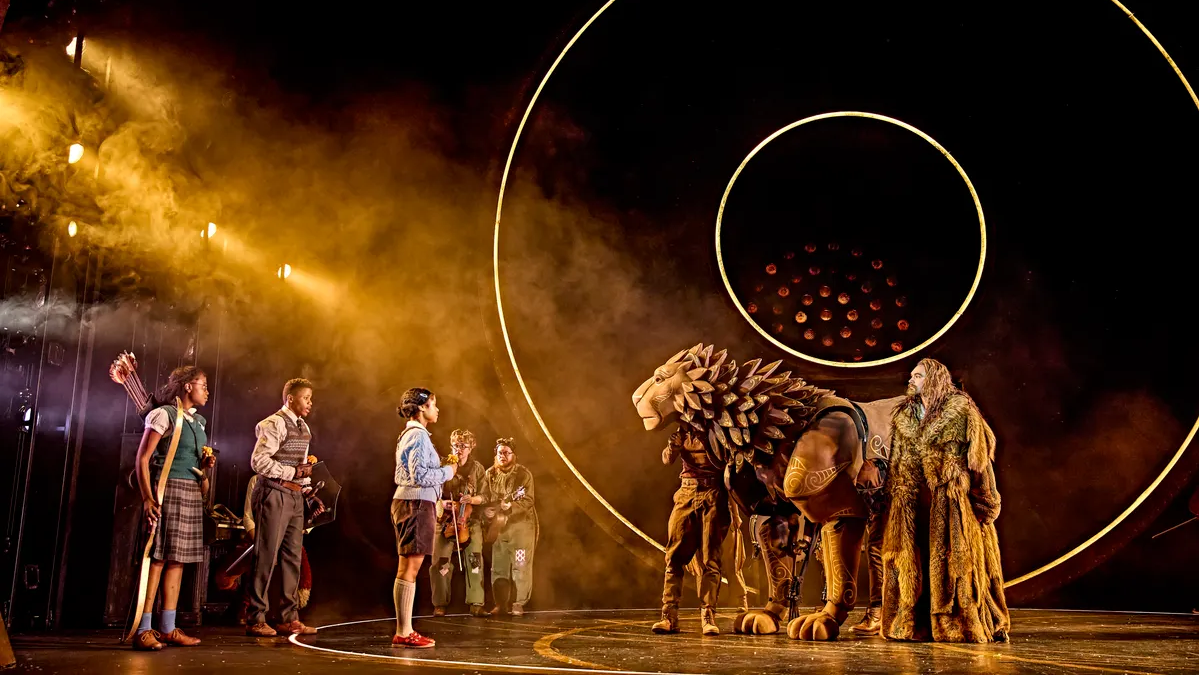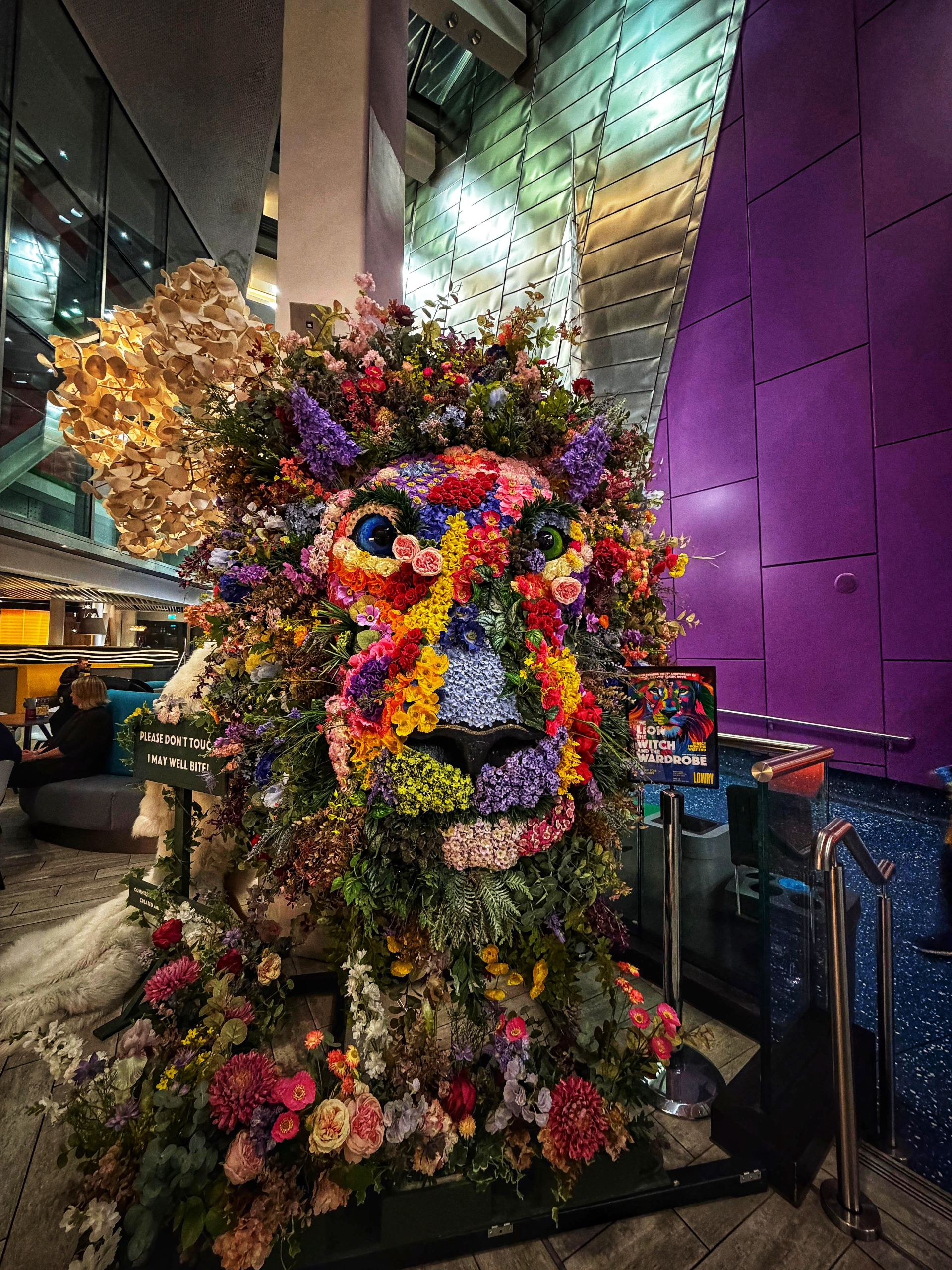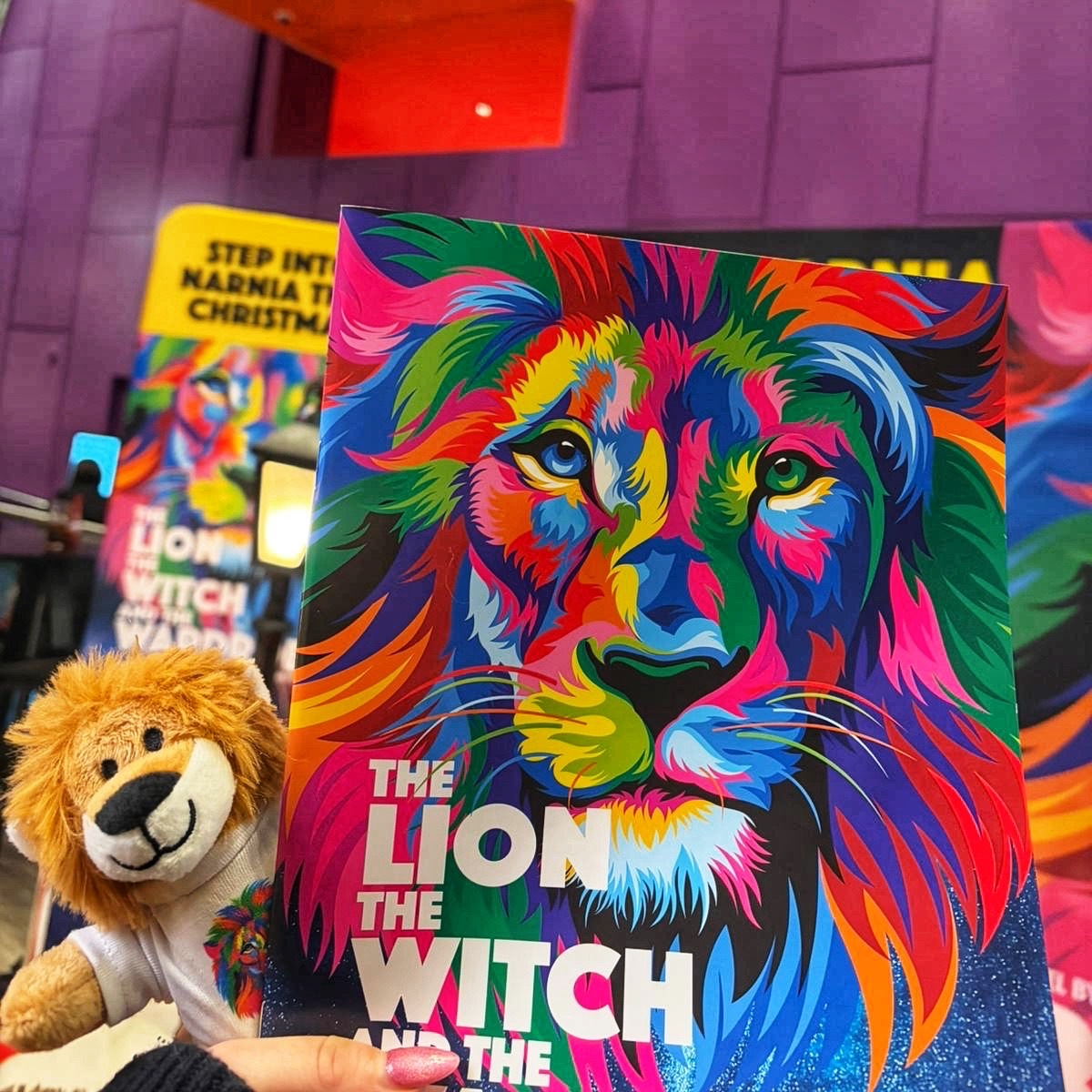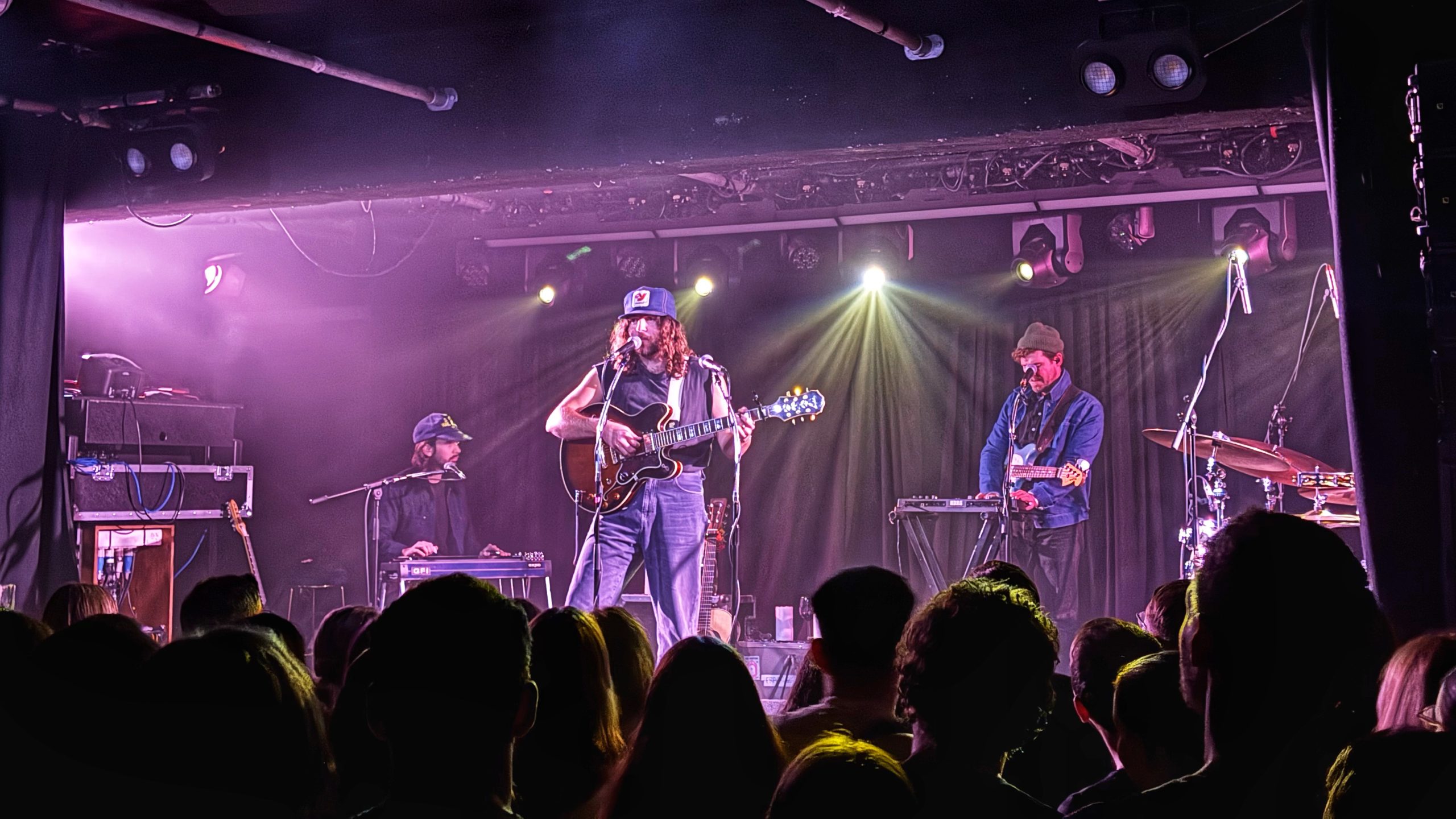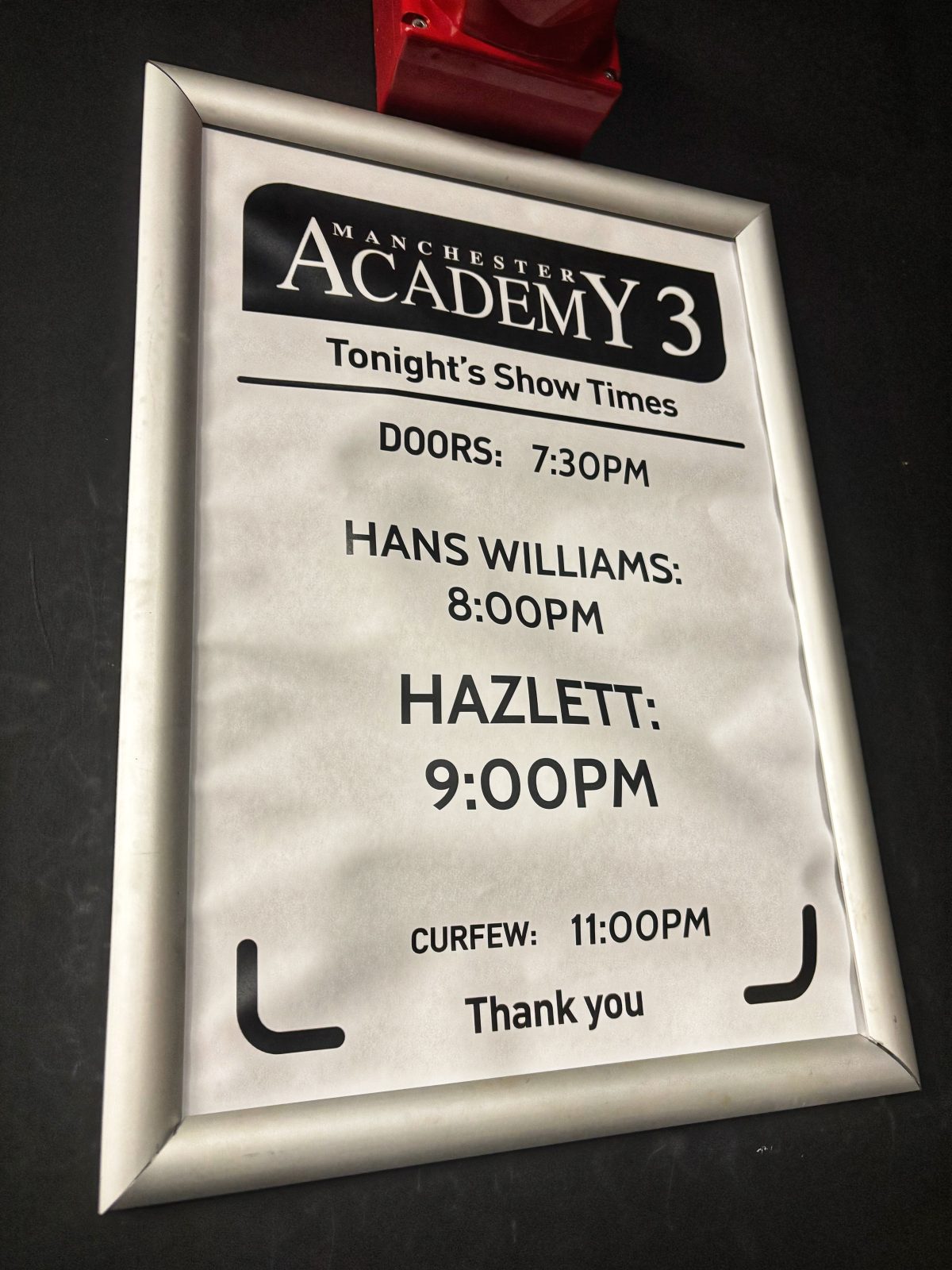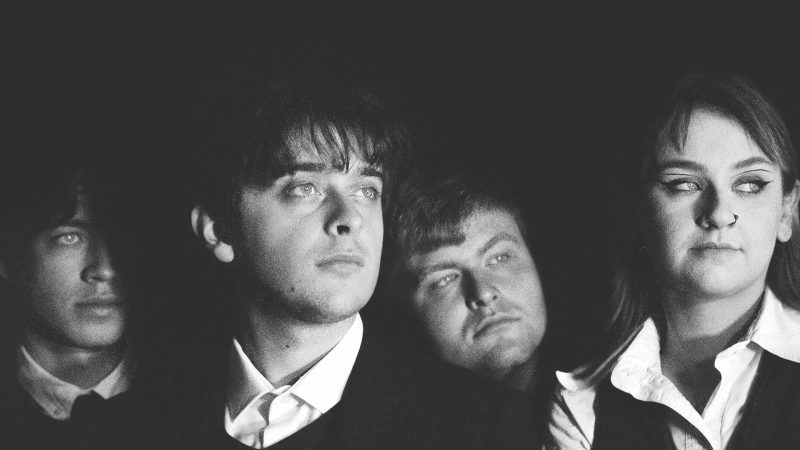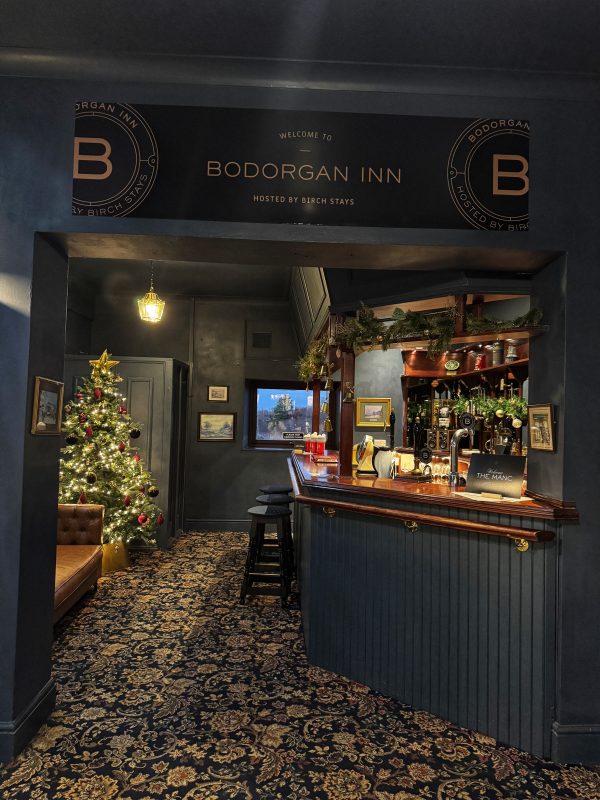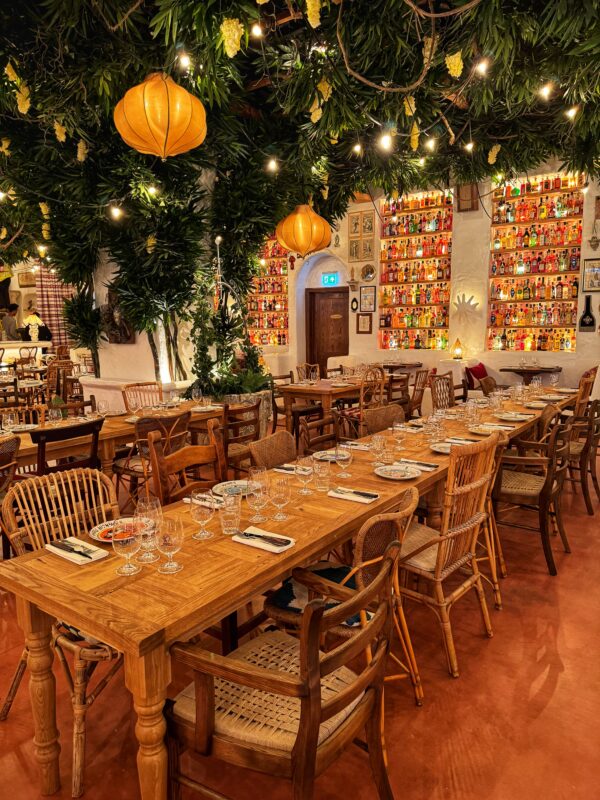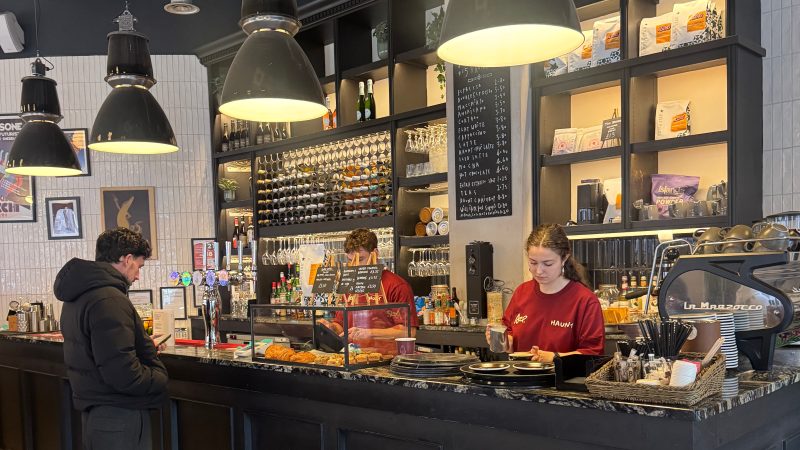Feature
Jerome Caminada: Manchester’s very own Sherlock Holmes
The extraordinary tale of an exceptional detective.
Sherlock Holmes is the greatest detective the world has ever seen or will ever see. That’s elementary.
Since coming to life via the pen of Sir Arthur Conan Doyle in the 19th century, the deerstalker-donning pipe-smoker has been regarded as the quintessential riddle-solver; a man capable of fathoming any mystery by sewing together peripheral details that no one else can see.
The character has been regularly reincarnated in various forms for over 130 years – with Holmes’ legend so deeply embedded in British culture that he’s occasionally mistaken for a real historical figure.
Of course, some would be quick to point out that no real-life detective could ever solve the kind of complex cases seen in Holmes books or movies. Let alone in such fascinatingly far-fetched ways.
But in fact, one such detective did indeed exist. And he walked the streets of Victorian Manchester before Holmes was just a twinkle in Doyle’s eye.
Jerome Caminada.
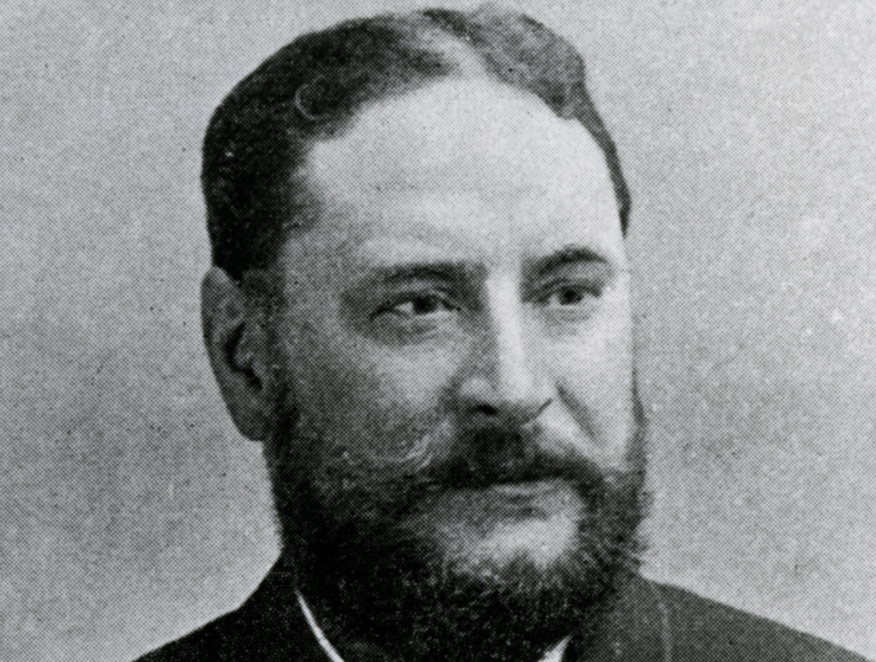
An Italian-Irish resident of Deansgate in the 1800s, Caminada clocked up more than 1,200 personal arrests as a lawman – earning him a fearsome reputation and a begrudging admiration from the felons who spent their days trying to stay off the detective’s radar.
During a period when you couldn’t walk through Manchester city centre without being pickpocketed or drunkenly walloped, Caminada was storming through the streets single-handedly seizing crooks by their collars.
Before police were running training programmes or teaching their recruits, he was donning disguises and going undercover, stepping up to solve cases that others were prepared to chalk up as ‘one of life’s great mysteries.’
Caminada’s story is a remarkable one, and it came to wider public attention in recent years thanks to the work of Angela Buckley – a Manchester-born author who started writing about the detective’s life after realising it intertwined with her own.
Poring through the pages of her family history, Angela realised her distant relatives (who lived in Deansgate and Anocats) would’ve known Caminada – including one ancestor who owned a brothel on the policeman’s beat.
“It was when I looked deeper into my ancestor’s nefarious life I discovered that he must have come into contact with Caminada,” Angela tells The Manc.
“My personal links to Caminada were really strong – so I started to read more about him and just wanted to bring it to a wider audience.”
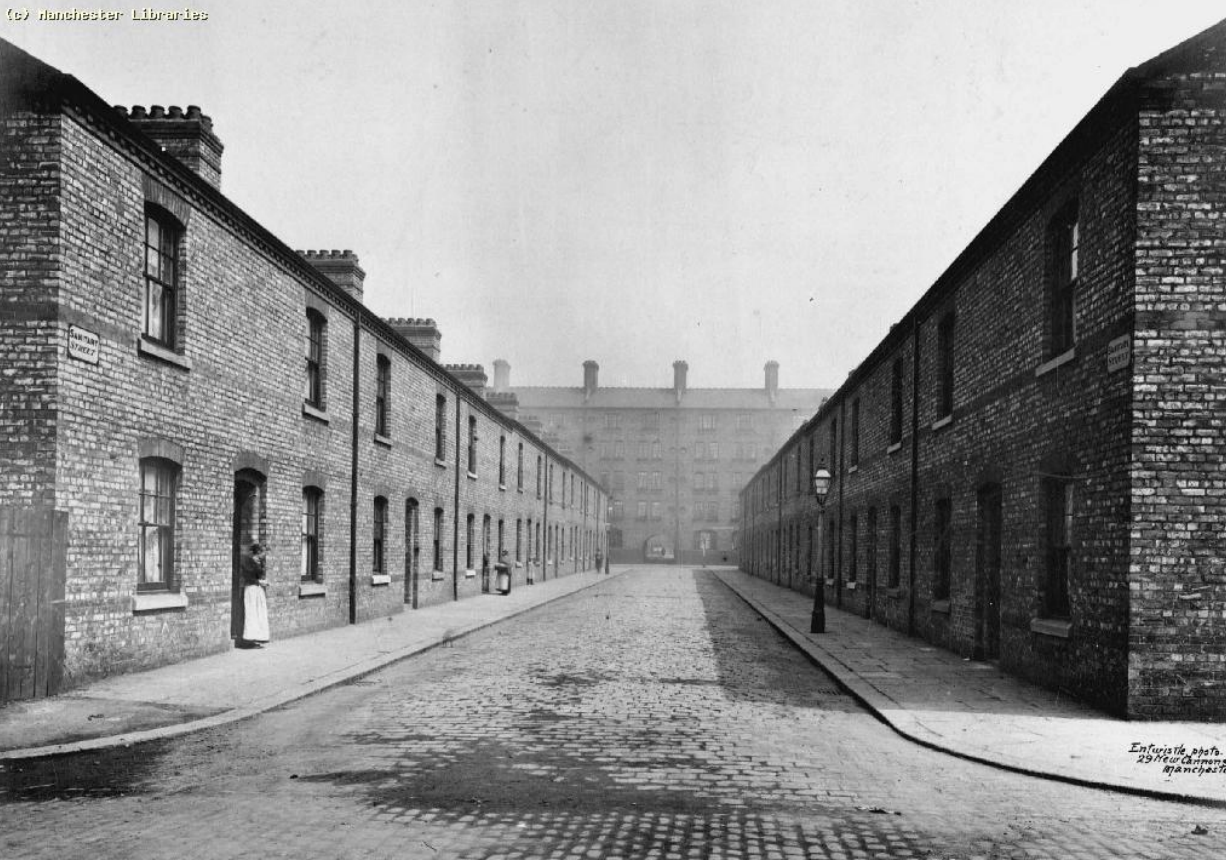
Caminada was born in Deansgate in 1844 and was – like many in the area at the time – raised in abject poverty.
Whilst affluent people continued to work in prestigious buildings in the city centre, the adjoining streets that linked to Deansgate were considered no-go areas, riddled with pickpockets, thieves, fraudsters, tricksters, drunks and robbers.
The local police force was still in its infancy back then and had all the robustness of a Neighbourhood Watch; well-intentioned but lacking the experience, resources or know-how to tackle crime on any meaningful level.
It meant that Manchester’s streets became a villain’s playground, and by the 1870s, local crime rates were four times higher than they were in London.
Around 1873, a local newspaper sent a writer into the slums to get up close and personal with the criminal underworld – with the journalist reporting back on the shocking scenes of forgers, counterfeiters and vagrants huddled in squalor around fires, concocting various get-rich-quick schemes.
Of course, not everyone was a career criminal. Many misdemeanours – like pickpocketing and pinching clothes off washing lines – were simply down to desperation.
The impoverished era also saw the dawn of ‘scuttlers‘ – hooligan teenage gangs that participated in knife fights on the city streets (groups would name themselves after their area, such as the ‘Bengal Tigers’ from Bengal Street in Ancoats and ‘Meadow Lads’ from Angel Meadow).
It would have been easy for Caminada to embrace a life of crime. But he committed himself to cleaning up the city instead – joining the ‘A Division’ police at Knott Mill Station in his mid-twenties.
Within a matter of days after signing up, the danger of his chosen profession became apparent.
Caminada experienced a true baptism of fire as a Bobby – being punched in the face during his first week on the beat whilst on John Dalton Street in 1868.
“He was just a poor boy from the slums – he didn’t have any real [police] training; none of them did back then,” Angela explains.
“The only criteria really was that you had to be strong to become a policeman. And because they were beaten up so much a lot of them were really fearless.
“Of course, a lot of them died, too.”
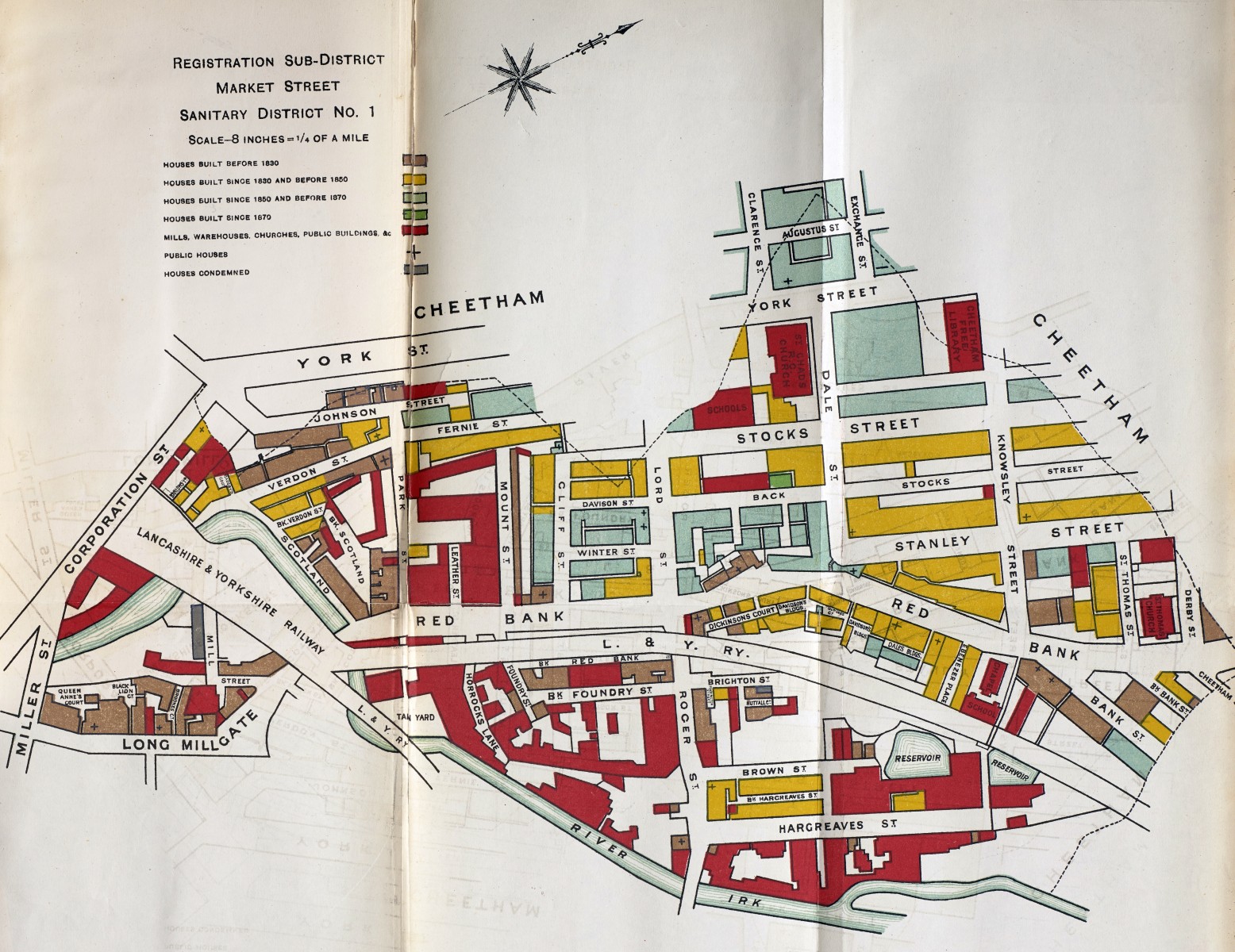
Caminada quickly proved he could handle himself (he even got battered with his own umbrella one day when he took on anarchists in Stevenson Square) but it was his intuition, intelligence, and incredible eye for detail that turned him into a local legend.
When he wasn’t standing his ground on the streets, Caminada was taking a tactful approach to bring down the bigger crooks; going undercover in various guises such as a priest or travelling salesman.
In one case, when Caminada was investigating fraudulent doctors, he’d fake ailments to get appointments and gather evidence whilst he was being treated – getting his hands on fake tonics to prove they didn’t work.
He always seemed to be one step ahead – and he took action to keep it that way.
Before inmates were released from local jails, Caminada would wander the cells and stare at the felons inside – burning the images of their faces into his brain.
It was like a primitive form of capturing a mugshot. This way, he’d know which troublemakers to look out for when they were released (reoffending was unsurprisingly common due to poverty).
During decades spent prowling the Manchester region, Caminada got to know many of the main culprits – who would exchange banter with the detective from time-to-time (although most couldn’t pronounce his unusual-sounding Italian surname, calling him ‘Cammy’ instead).
The detective also built up his own trusted network of informants, whom he’d kneel alongside at St Mary’s Church, pretend he was praying, and get the intel he needed to find a break in a case.
“I haven’t come across a detective in my time any better than Caminada,” Angela reveals.
“He was extraordinary.”
Caminada knew it, too.
His memoirs are knowingly self-aggrandising in parts – and often dismissive of any colleagues who had the audacity to be hoodwinked by local crooks.
“I’m sure he could be difficult to work with,” explains Angela.
“Caminada was feared, but also it seems like he was kind of respected, too.
“There was one incident reported in a newspaper which describes a street brawl breaking out and a plain-clothed police officer coming out of one of the nearby properties, dragging the culprits off and running them off home.
“It’s quite obvious that it was Caminada. He did that all the time. He was always in the city walking around at night and he knew everybody.”
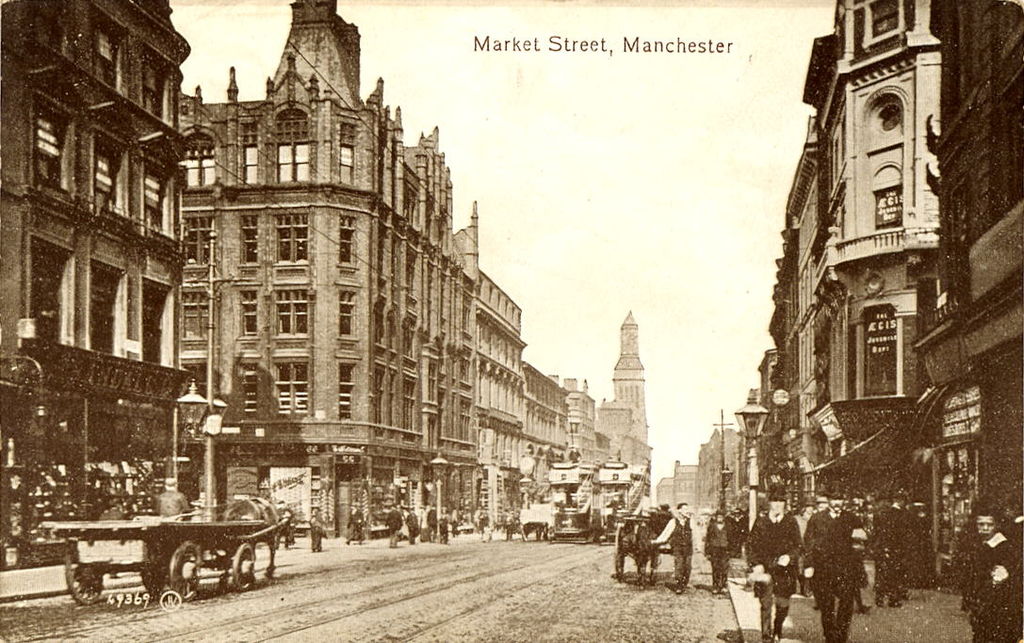
Like any obsessive lawman, Caminada was always working – even when he wasn’t at work.
“There was one incident where someone parked their lorry on Caminada’s pavement not far from Angel Meadow – and he took them to court,” Angela reveals.
“He brought up a lot of court cases in his personal life. He was constantly doing it.”
Caminada was often in the headlines during his colourful career – but the ‘Manchester Cab Mystery’ was perhaps his greatest moment in the spotlight.
The story went like this: On the evening of 26 February 1889, a tipsy businessman named John Fletcher hailed a cab on the steps of Manchester Cathedral with a young man. An hour later – with the cab stuck in a procession for Wild West Show – a passerby alerted the driver that one of his passengers had scarpered. Fletcher, meanwhile, had been left for dead on the backseat.
There were no obvious signs of violence, but the fact that some of Fletcher’s key belongings had vanished along with the other passenger suggested something wasn’t right.
Caminada was called upon to solve the conundrum and did so in typically impressive fashion.
After learning that a chemical – chloral hydrate – had been found in Fletcher’s stomach when he died, Caminada started searching for culprits involved in illegal prizefighting (as he knew the drug was used in these circles to subdue opponents and rig matches). He even managed to track down a witness who’d seen a man, Charlie Parton, pouring liquid into Fletcher’s beer.
In three weeks, Caminada had cracked the case – with Parton being convicted.
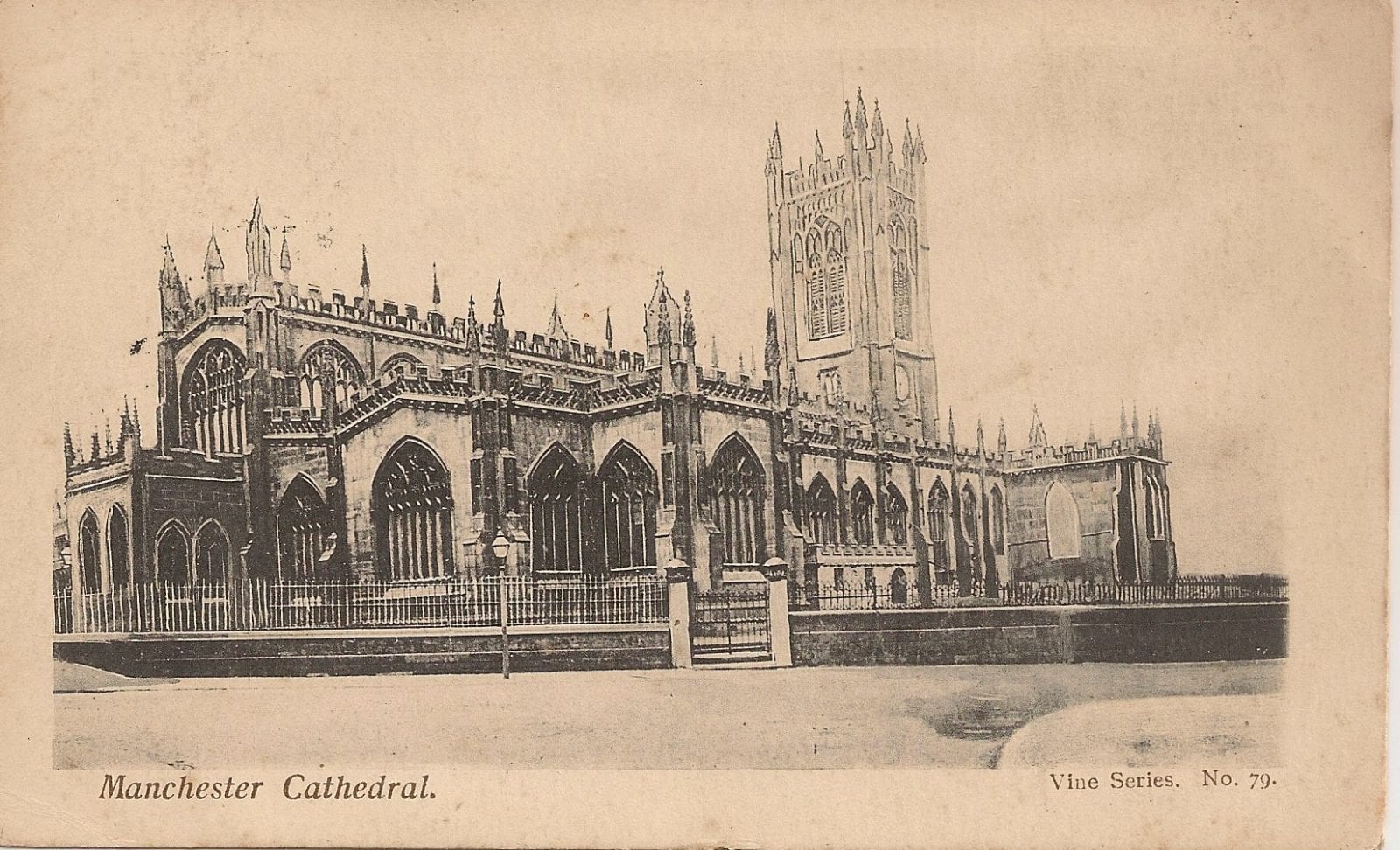
Caminada’s success is perhaps even more impressive considering the tragedy that befell him throughout his lifetime.
He lost his father at the age of three, before several of his siblings died of syphilis and his mother went blind.
After getting married, Caminada lost three of his own children – all of whom died in their infancy due to congenital heart defects.
According to Angela, the heartbreak he suffered was reflected in his work.
“He does show compassion for poor victims,” she explains.
“He has a rehabilitating view despite his hard-boiled exterior.
“He did try to help people on the right track. He understood the causes of criminality.”
It’s true that Caminada could easily be a character lifted right out the pages of a bestselling crime book.
He even had his own arch-enemy – a would-be murderer by the name of Bob Horridge, with whom he contested a final (deadly) gun battle on the streets of Liverpool.
It was cinematic.
But not even the best detective can work forever.
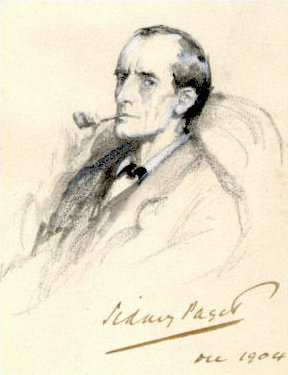
As the 19th century wore on, many of Manchester’s slums were cleared – including around Oxford Road to make way for the rail station. Scuttlers, too, were largely disbanded as young men found activities such as football clubs taking shape.
But crime still remained rife – even within the police itself.
Manchester police force was subject to a big scandal in the 1890s – with one Superintendent found to be involved in the ownership of a brothel.
Whilst many detectives were exonerated during the investigation, the Chief Constable stepped down in the aftermath and was replaced by his ACC – with whom Caminada shared a bitter history.
This ultimately brought about the end of his police career.
Caminada would later become a private detective before eventually joining the council where, ironically, he spent all this time complaining about how much money the police force spent.
Still, despite skirmishes with high-profile officers, Caminada nonetheless impressed many key personnel and left an indelible mark on British law enforcement.
The Head of Scotland Yard once named Caminada as one of the best detectives he’d ever come across.
But his most famous parallel remains Mr Sherlock Holmes.
Sir Arthur Conan Doyle would’ve been aware of Caminada given his fame and status, and it’s interesting to wonder whether ‘Cammy’ may have gone some way to inspiring one of literature’s most famous detectives of all time.
“Caminada was known as ‘Manchester’s Sherlock Holmes’ back then, it’s not a description from today,” Angela points out.
“That’s not to say Holmes was based on Caminada. But there are lots of links. You can draw your own conclusions.
“Either way, he was a real character, that’s for sure. And one of the very best detectives there was.”
Angela Buckley’s fascinating book – The Real Sherlock Holmes: The Hidden Story of Jerome Caminada – is available at Amazon now.
You can also learn more about Caminada online.

